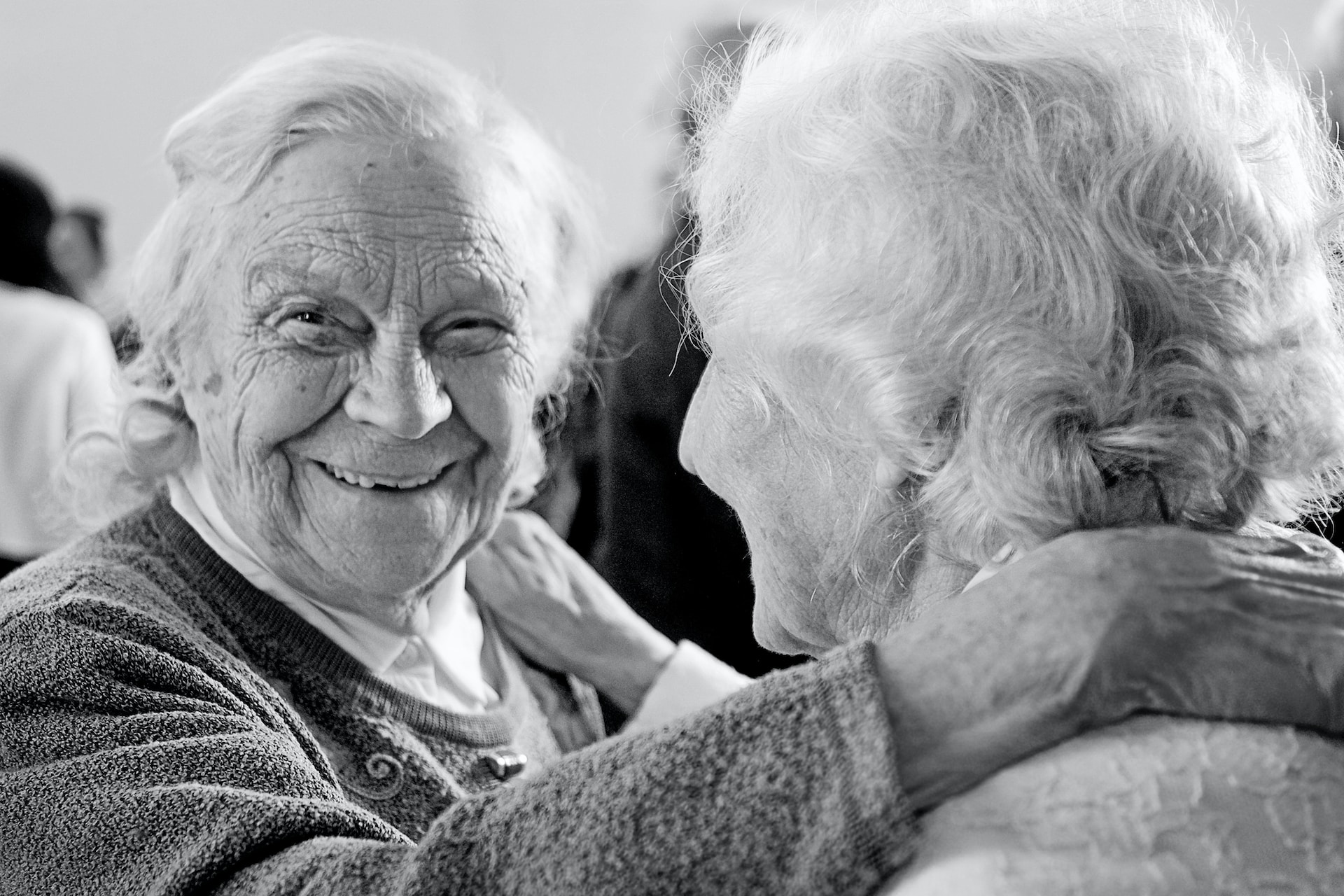7 Common Mental Disorders in Children
Common mental disorders in children include attention-deficit/hyperactivity disorder (ADHD), anxiety disorders (such as separation anxiety and generalized anxiety disorder), behavioral disorders (like oppositional defiant disorder), autism spectrum disorder, and mood disorders (including depression). These disorders can significantly impact a child’s daily functioning and development, necessitating early identification and appropriate intervention. Diagnosing mental illness in children is much different than in adults. Children are constantly growing and changing, and as a result, they encounter physical and psychological changes. It is critical to seek treatment from a mental health professional to determine if a child has a mental disorder or if it is just part of growing up. In this article, we explore seven common mental disorders in children. Common Mental Disorders in Children Currently, 5 million children in America have a mental disorder. Below are seven of the most common mental health disorders among children between three and seventeen. Some disorders …






